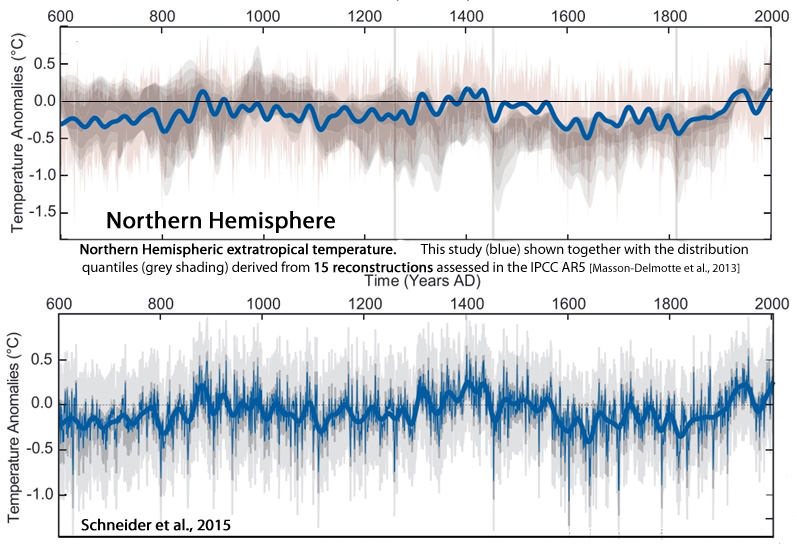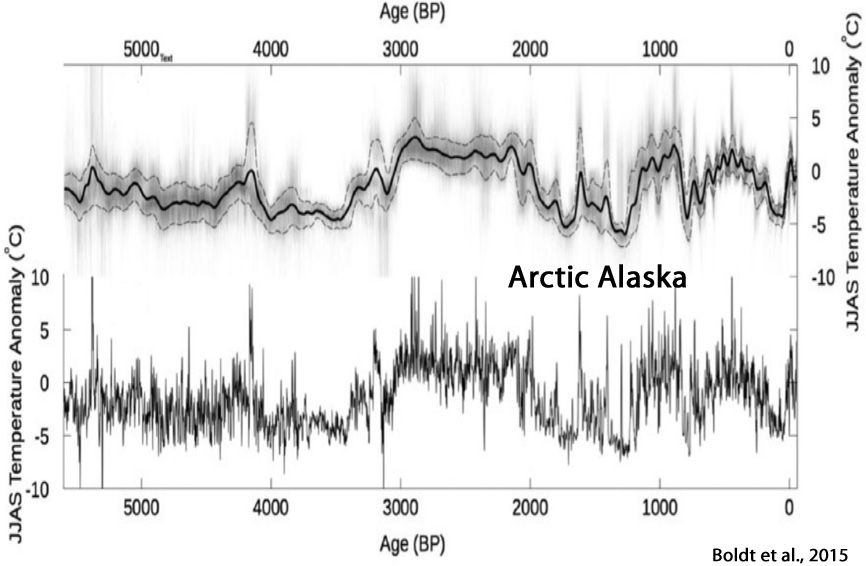Hundreds Of Scientific Papers Challenge ‘Global’ Warming Recently, an article citing over 80 graphs from scientific papers published in 2017 — and another 55 graphs from 2016 — established that modern “global” warming is not actually global in scale, and that today’s warmth is neither unprecedented or remarkable when considering the larger context of natural variability.
Source: Almost 300 Graphs Undermine Claims Of Unprecedented, Global-Scale Modern Warmth
By Kenneth Richard on 16. June 2017
Hundreds Of Scientific Papers Challenge ‘Global’ Warming
Recently, an article citing over 80 graphs from scientific papers published in 2017 — and another 55 graphs from 2016 — established that modern “global” warming is not actually global in scale, and that today’s warmth is neither unprecedented or remarkable when considering the larger context of natural variability.
Here, an additional 140 non-hockey stick graphs taken from papers published in 2015 and earlier have now been made available. With this latest installment, graphical temperature reconstructions challenging the conceptualization of global-scale or unprecedented modern warming are rapidly approaching 300.
For those interested in perusing this growing body of scientific evidence all at once, a new page has been added to the NoTricksZone website.
Global Warming Disputed: 300 Graphs
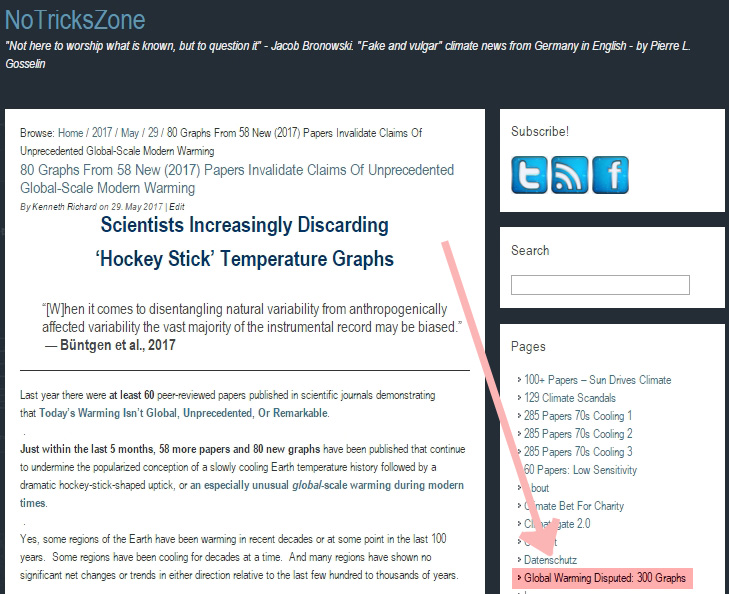
The list is categorized by the year (or decade) of publication. It will be updated as new temperature reconstructions are published or located in the peer-reviewed scientific literature. Perhaps these pages can be used as a resource when challenging those who claim that modern temperatures are unusual, dangerous, or outside the range of natural variability.


Schneider et al., 2015
Stoffel et al., 2015
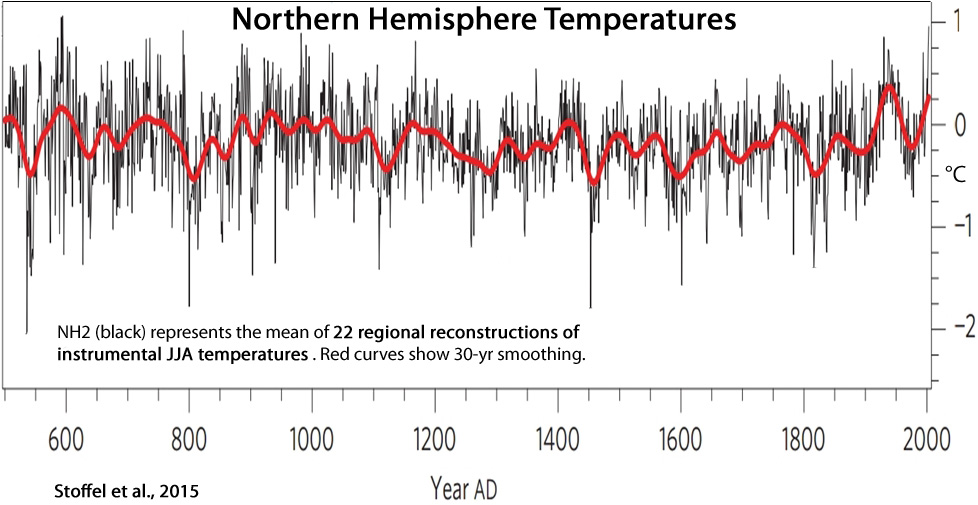
Soon et al., 2015
“[M]ost of the temperature trends since at least 1881 can be explained in terms of solar variability, with atmospheric greenhouse gas concentrations providing at most a minor contribution.”
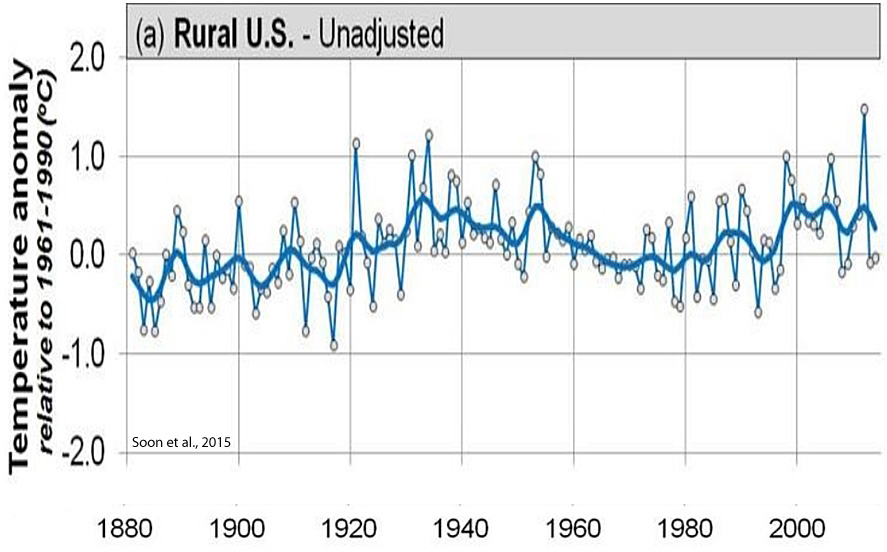
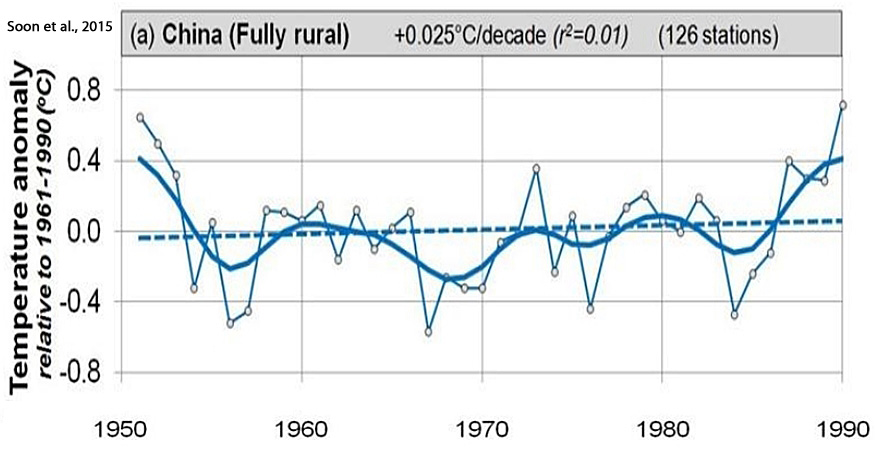
Thapa et al., 2015
“[T]emperature in Central Asia and northern Hemisphere revert back towards cooling trends in the late twentieth century.”
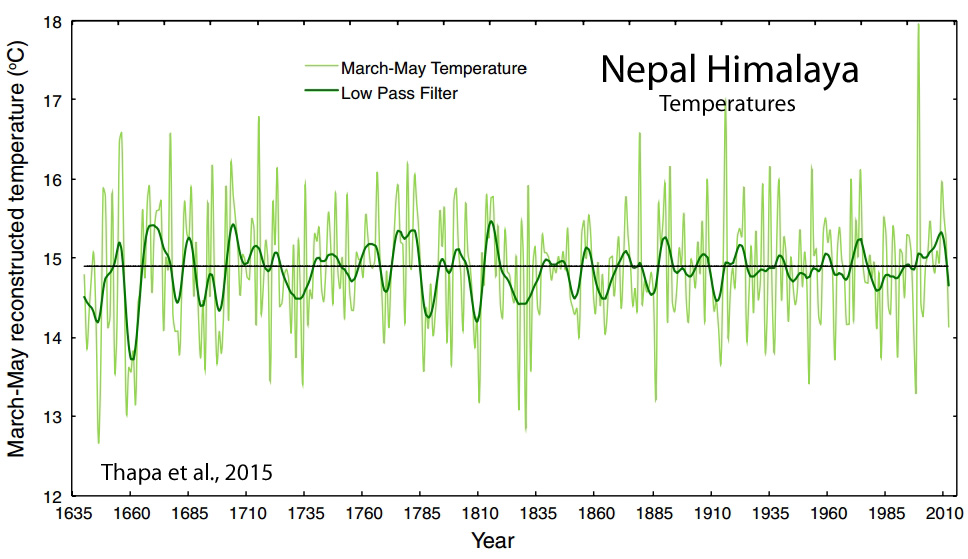
Yan et al., 2015
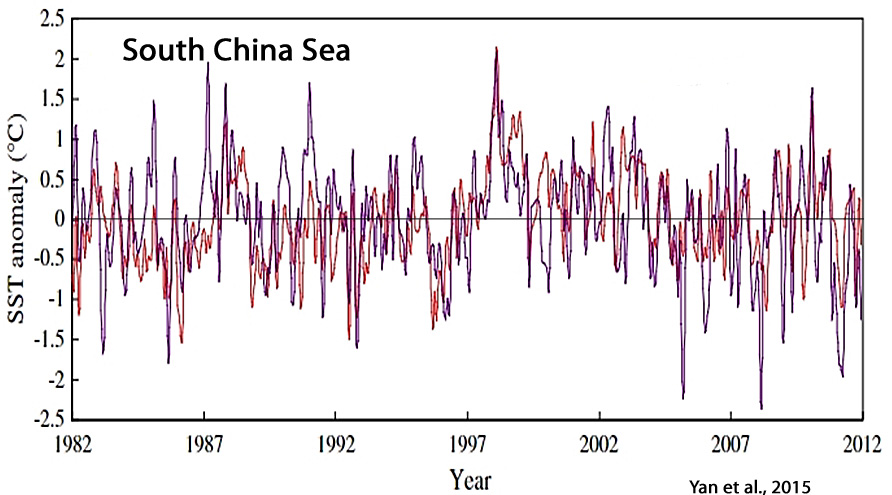
Boldt et al., 2015

